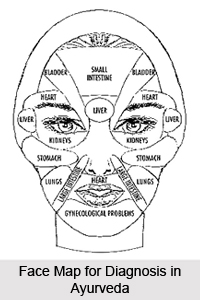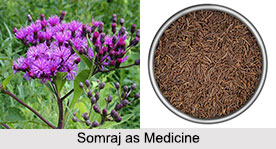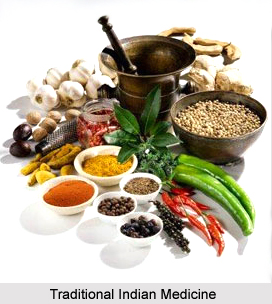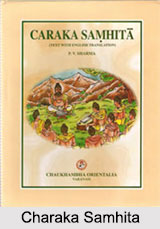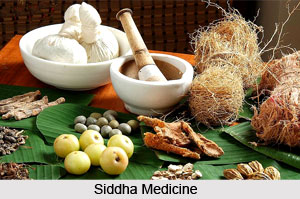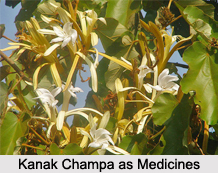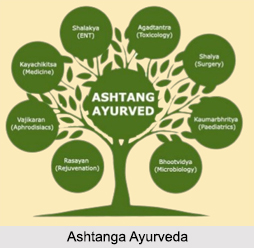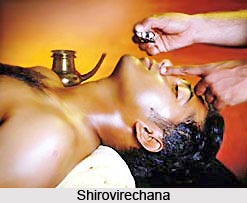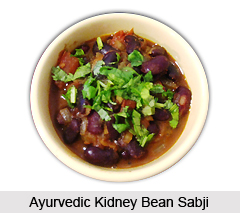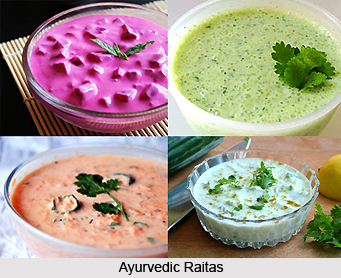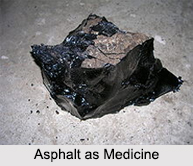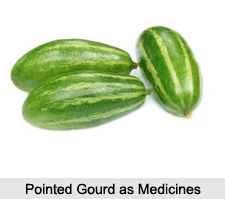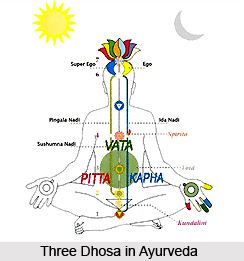 Vikruti in Ayurveda refers to the imbalances of the body. It is the inborn doshic structures that often distorted or obscured by certain imbalances. It is stated in Ayurveda that excessive functioning of the strongest dosha constitutes the most common cause of the imbalances of the body.
Vikruti in Ayurveda refers to the imbalances of the body. It is the inborn doshic structures that often distorted or obscured by certain imbalances. It is stated in Ayurveda that excessive functioning of the strongest dosha constitutes the most common cause of the imbalances of the body.
When a specific dosha is prominent it does not take much environmental motivation to aggravate it. In simple terms, the imbalance that obscures the natural and optimum relationship of the doshas is known as vikruti. Predominance of any of the doshas in ayurveda that is not natural to the body`s constitution will cause in the occurrence of vikruti. When this type of improper relationship exists among the doshas, Aama starts to form, damages the dhatus and impairs elimination of the malas.
Vikruti in Ayurveda is defined as a condition that arises from an incorrect relationship with the environment. Knowledge of this imbalance is very important as without knowing what is best for the body"s particular system, exposure to harmful inputs such as inappropriate sensory stimuli, stressful activities and improper food is likely to take place. Lack of proper knowledge about vikruti may also lead to wrong or inadequate adjustments to the impact of seasonal changes. Such influences cause mental, emotional and physical stress, which overwhelm the normal system of the body causing optimum dynamic relationship among the doshas to get distorted. This phase then compromises with the body`s ability to adapt efficiently to the various circumstances of life.
Ayurveda stresses on the fact that knowing vikruti is more beneficial comparatively. It is important for correct addressing of the imbalances of the body that cover the natural constitution. It is suggested in Ayurveda to select those food items that compensate for the constitutional tendencies towards doshic excess. Each and every vikruti responds positively to a particular diet. Vikruti pacifying diets include grains, green leafy vegetables, and loads of legumes, dairy products, fruits, nuts, certain specific spices and oils.
Kapha dosha gives the moistening secretions and cohesiveness that nourish the body. So, when kapha dominates the constitution, a person gains weight very easily. People with kaphic constitutions have slow metabolism that take longer to digest the food. When kapha vikruti develops in the body all the favourable qualities get distorted. At that phase an individual becomes lethargic, dull and apathetic.
People with kaphic vikruti are more prone to respiratory diseases and sinus associated diseases, obesity, indigestion and allergies. In the body, when Pitta becomes excessive it generally shows the signs of anger, irritability, frustration and impatience. People with pitta dominant vikruti are more prone to emotional sensitivity and confusion. Pitta vikruti is also prone to acidic disorders, headaches, liver and gall bladder problems. Lastly, people with excessive Vata dosha experience loss of concentration and restlessness. These people are more prone to anxiety, confusion and worry. All the psychological, neurological and degenerative problems are associated with vata dominant vikruti.
Proper knowledge of vikruti is considered as really important in Ayurveda as it helps in identifying the causes of various diseases.






